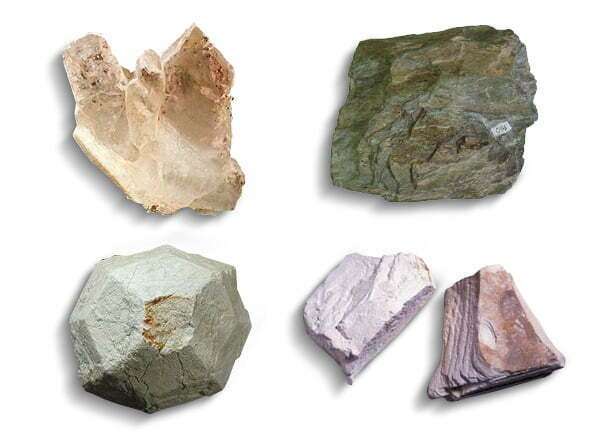Cation Exchange Capacity
The cation exchange capacity (CEC) is a measure of the ability of clays, such as montmorillonite, chlorite, illite, and kaolinite (Figure 1), to exchange ions between the clay surfaces and surrounding water. It is normally expressed as milliequivalents per 100 grams of dry rock. Its magnitude is a function of the clay type and amount, and may be determined using wet chemistry techniques that utilize an ammonium or a barium exchange. This technique originated within the soil science discipline. A newer technique establishes the CEC through a correlation with the adsorbed water content of test samples.

CEC is a mechanism related to the stripping of ions from injection fluids, trace element accumulation and over-pressuring of the formation. These data have also been used to identify environmental changes resulting from changes in climate, sediment source and erosion rate. A primary use of these data in the petroleum industry is in the Waxman and Smits (1968) and Waxman and Thomas (1974) equations, where they are used to calculate water saturation in clay-bearing formations. The CEC is converted to an exchange capacity per unit pore volume prior to use in calculation of the water saturation using well logs. Table 1 shows the cation exchange capacities for various clays.
| Table 1: Cation Exchange Capacities (CEC) of Various Clays | |
|---|---|
| Clay | CEC (mEq/100 grams)* |
| * Units are milliequivalents/100 grams of dry rock. ** In some studies, the CEC for chlorite has been reported as below 1. | |
| Montmorillonite | 80-150 |
| Illite | 10-40 |
| Chlorite | 10-40** |
| Kaolinite | 3-15 |
Application of the Waxman-Smits equation and its influence on the calculated water saturations was demonstrated in a paper by Keelan and McGinley (1979). Ignoring the CEC will result in calculated water saturations that are erroneously high. This may cause the oil-in-place of the hydrocarbon productive zones to be underestimated, at best, or even overlooked.
 Petro Shine The Place for Oil and Gas Professionals.
Petro Shine The Place for Oil and Gas Professionals.



